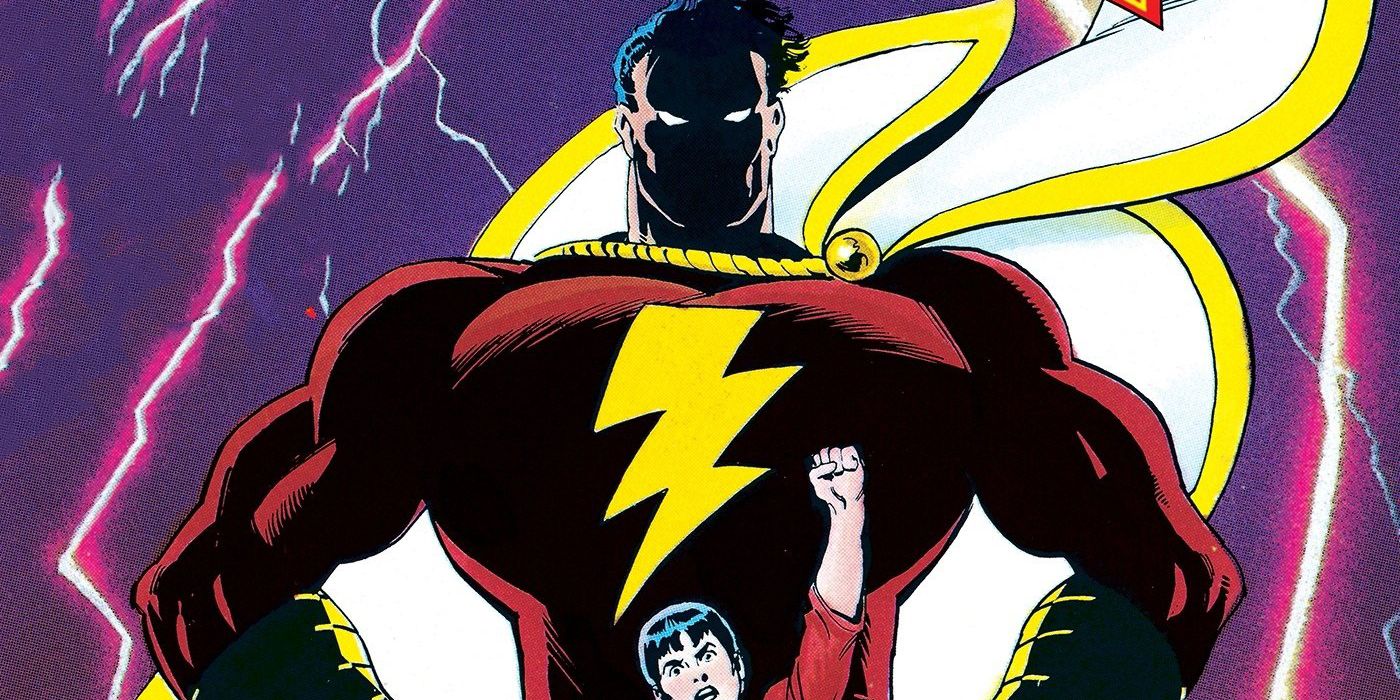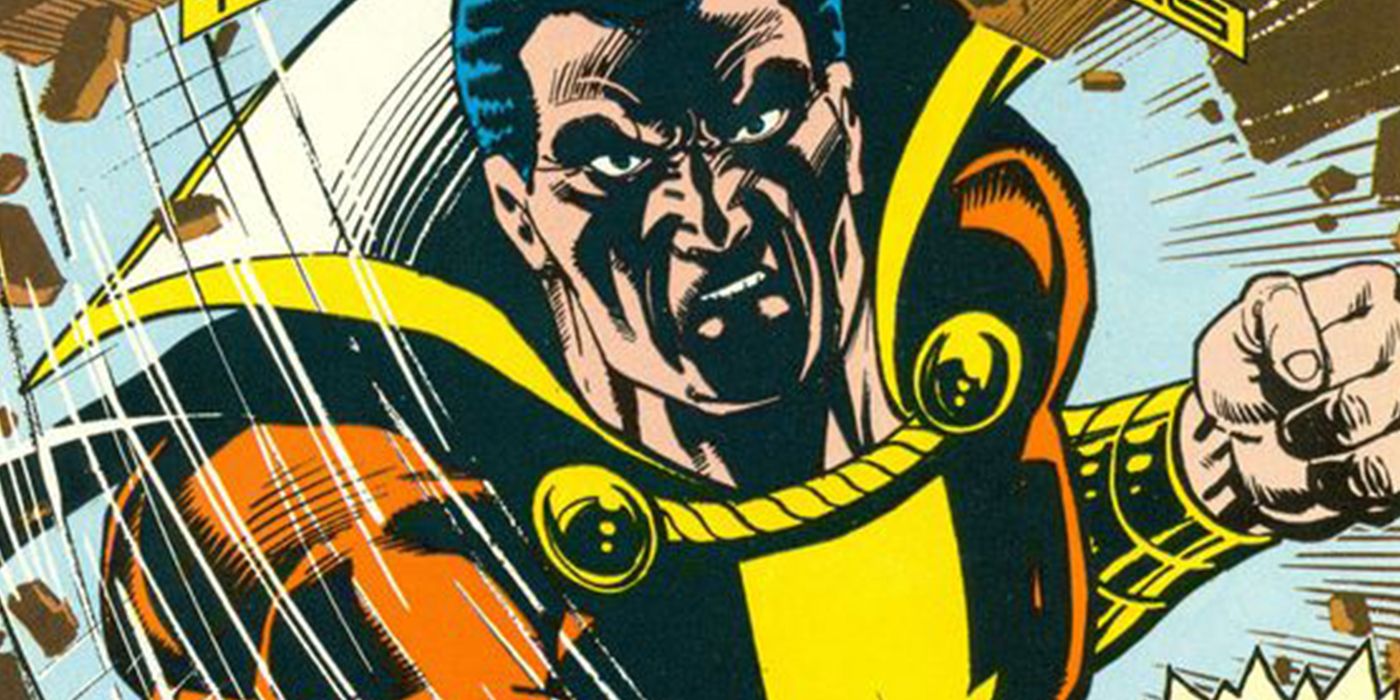
Shazam’s darkest story, Shazam: A New Beginning, ruined so much of what was great about the character. Gone was the Shazam family, Tawky Tawny, and the general sense of fun and whimsy and was replaced by a grim and gritty tone more fitting for the 1980s. Spinning out of the Legends mega event, the four-issue mini-series was written by comics legend Roy Thomas (Avengers) and illustrated by Tom Mandrake (The Spectre) and was first published in 1987.
Shazam and DC Comics have had a long and somewhat checkered history. Shazam (then known as Captain Marvel) first appeared in 1941, and from the start, DC accused Shazam’s publisher, Fawcett Comics, of copying Superman. The case went to court and the subsequent legal battles contributed to Fawcett going under. The characters lapsed into limbo, but DC revived them in the early 1970s; at first, they merely licensed the characters but outright bought them in the early 1980s. Shazam was then integrated into the mainstream DC Universe during the Crisis on Infinite Earths. A few years later, Shazam: A New Beginning was an attempt to update the character for modern times.
The story unfortunately jettisons so much of what made Shazam great. In the first issue, history replays itself as Billy is led into a subway tunnel by a mysterious stranger and is bequeathed the power of the wizard Shazam; after he grants Billy the power, the wizard has a vision of the pre-Crisis Shazam family, but ultimately pushes it away, claiming “for that way lies madness.” Not only was the Shazam family gone, so was Shazam’s best friend Tawky Tawny. The character of Shazam is fun, and all that was fun about the character was now gone, in favor of commercial trends. The comic stripped the character of what made him great and what remained was a bleak and bland retelling of Shazam's origins.

In the preface for the 30th Anniversary Collected edition, Thomas made it clear these changes were not his or Mandrake’s and instead came down from DC editorial. Fortunately, most of the changes A New Beginning brought were retconned out by Jerry Ordway’s Power of Shazam! - which was the second attempt to make Shazam work in the modern DC Universe, this title was far more successful at doing this.
Despite the story’s shortcomings, it is still a fascinating read. It shows DC was desperate to make the character work but forcing him into a mold he wasn’t made from did him no favors; instead, it was when the company opted to make a more classic version of Shazam a few years later that he finally found his place in the DC Universe.
from ScreenRant - Feed https://ift.tt/3kQ2q1F

No comments: